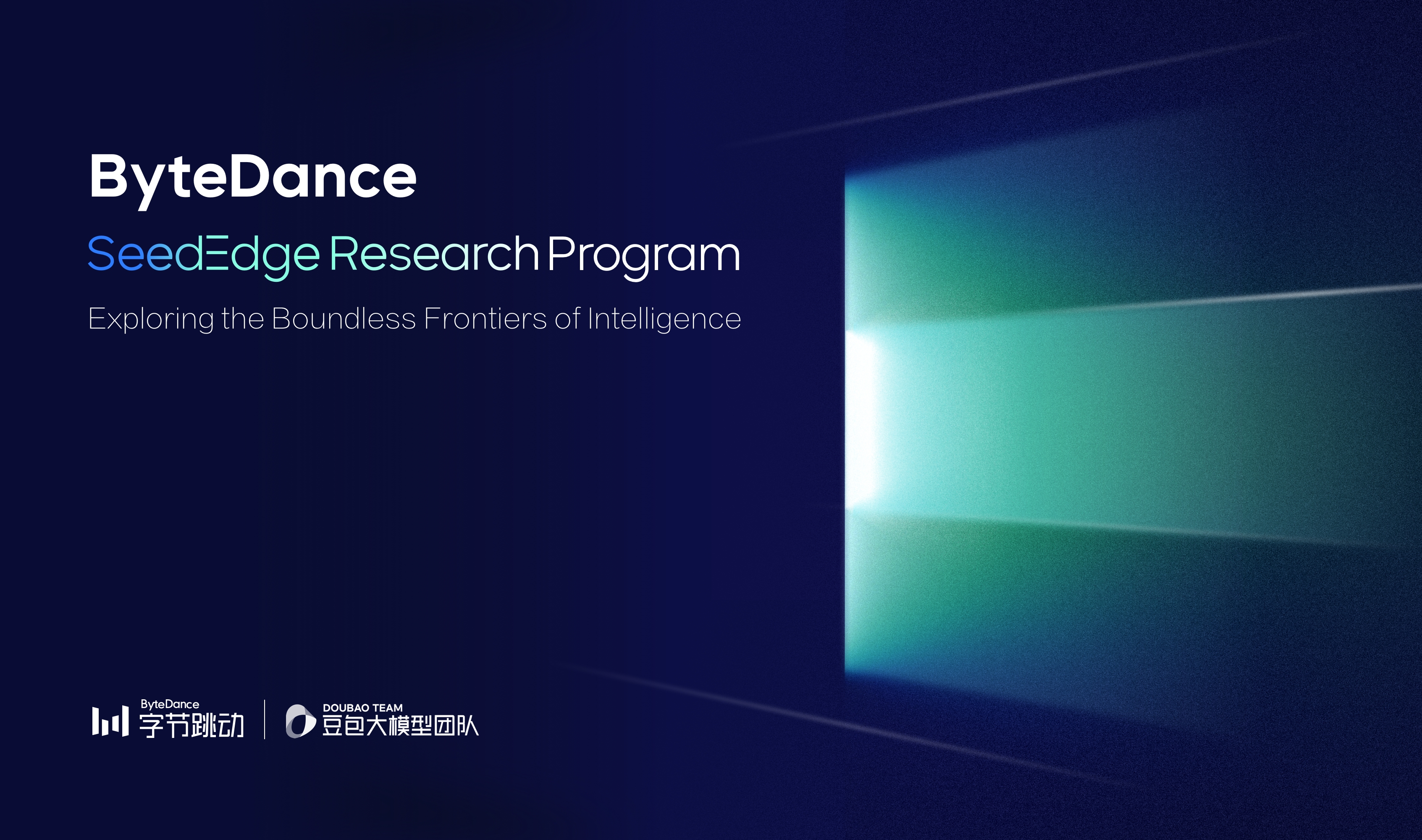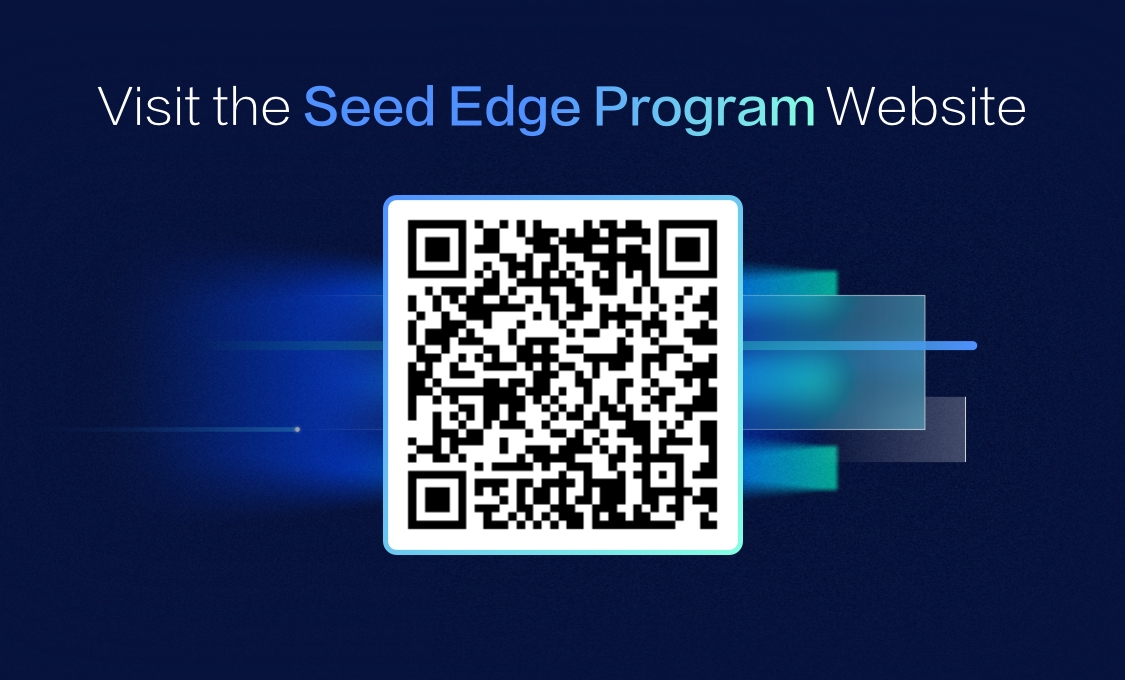Embarking on the Unknown Frontiers of AI: ByteDance Launches Seed Edge Research Program!
Embarking on the Unknown Frontiers of AI: ByteDance Launches Seed Edge Research Program!
Date
2025-01-23
Category
Team Story

To support longer-term AI projects, the Doubao (Seed) team has officially launched the Seed Edge research program!
Seed Edge aims to achieve breakthroughs in general intelligence by pushing boundaries and confronting long-term research challenges.
Seed Edge encourages exploration into long-term, uncertain and bold AI research topics, fosters cross-modal and cross-directional collaboration, and provides a relaxed research environment. The program also adopts a long-term evaluation method, allowing project members to pursue groundbreaking AI innovations!
Currently, Seed Edge has identified five preliminary research directions, which will provide dedicated computing resources for all selected subjects. Seed Edge's preliminary research directions include:
- Exploring the Boundaries of Reasoning Abilities
he technical approach featuring O1 demonstrates that reasoning capabilities can significantly advance the boundaries of intelligence. However, our practical experience reveals that reasoning research is still in its early stages, with numerous issues to explore. Whether large-scale reinforcement learning with pre-training level computing resources, iteration of pre-training and reinforcement learning, or generalisable test-time scaling, each technological breakthrough pushes the boundaries of intelligence further.
- Exploring the Boundaries of Perception Abilities
We believe that intelligence and interaction are interconnected. General models must possess a high level of intelligence and exhibit exceptional capabilities in human communication and interaction. We will unify generation and understanding representations and explore world modelling. We will also compress raw data from the real world and investigate world modelling that surpasses language in representations, thereby breaking free from the language constraints on intelligence boundaries.
- Exploring Next-Generation Model Design Integrating Software and Hardware
Transformers' efficiency is primarily determined by their compatibility with GPUs, allowing for the full GPU performance. We aim to design next-generation models tailored to the architectural characteristics of next-generation training and inference hardware. By adopting a holistic approach integrating both software and hardware, we will optimise training efficiency, inference efficiency, and model performance in parallel, maximising the capabilities of next-generation hardware and pushing the boundaries of model capabilities.
- Exploring Next-Generation Learning Paradigms
We aim to explore areas of change in future learning paradigms that challenge the "consensus" of existing ones, thus providing a foundation and possibilities for achieving general intelligence efficiently. We intend to understand the origins of model learning capabilities through explainability research. This will inform novel learning perspectives that allow us to explore model performance in the learning process and compare it to biologically inspired learning processes. It will also identify areas for improvement in existing model learning paradigms, such as exploring more efficient learning objectives than next-token prediction, more efficient learning methods than back-propagation, and more efficient learning paradigms than large-scale pre-training and alignment.
- Exploring Next Scaling Direction
Following pretraining and test-time scaling, the next scaling direction will be crucial in evolving intelligence boundaries in the future. We will conduct explorations in the next scaling direction and push the boundaries of intelligence.

If you're interested in cutting-edge research on large models, please visit the Seed Edge program website, and if you want to join the Doubao (Seed) team, please visit the recruitment page for job details.